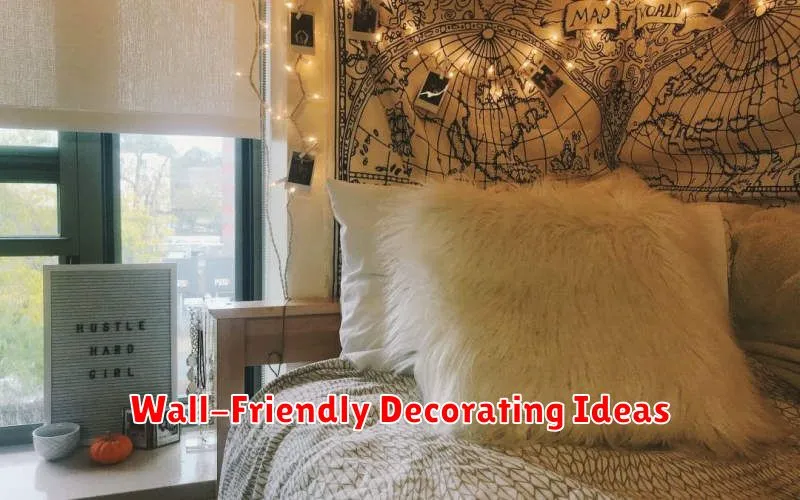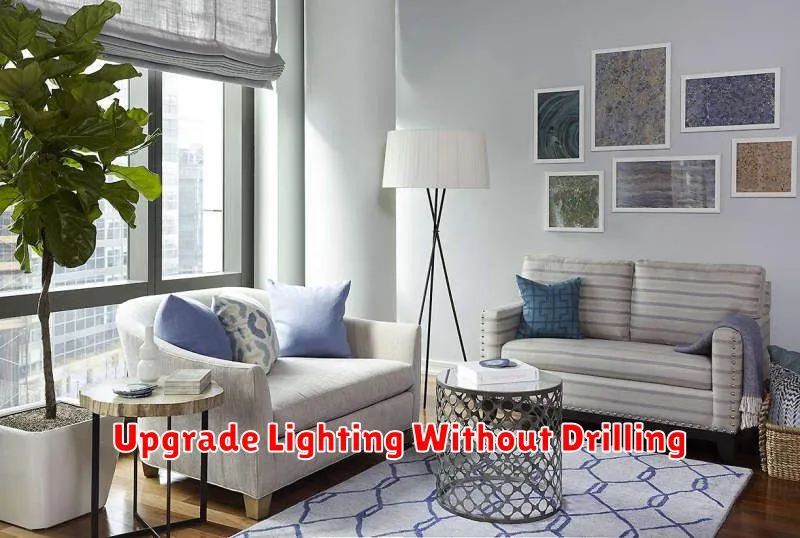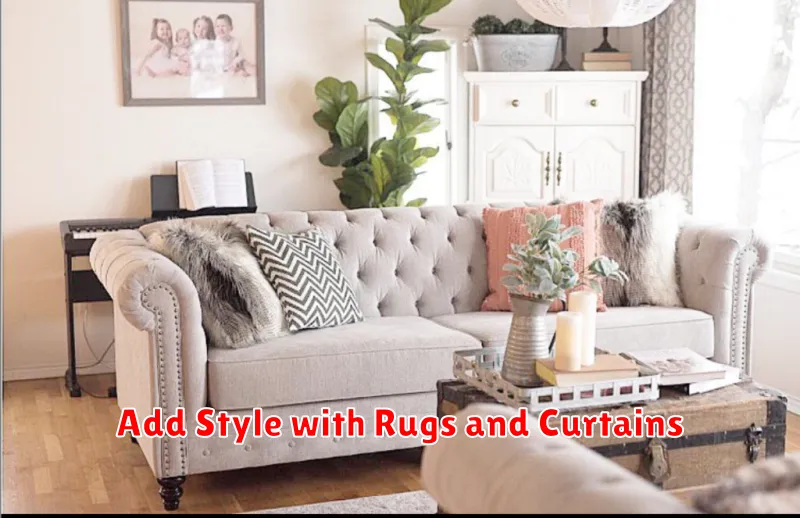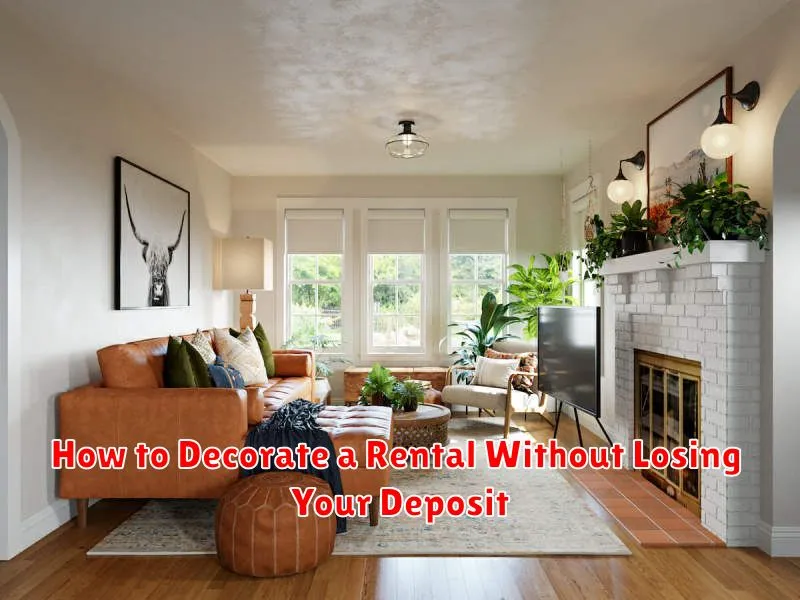Decorating a rental can be a tricky endeavor. You want to personalize your space and make it feel like home, but you also need to protect your security deposit. This article provides expert tips and tricks on how to decorate your rental without risking your deposit. We’ll cover everything from painting walls and hanging pictures to adding removable wallpaper and stylish decor, all while ensuring you get your deposit back. Learn how to create a stunning and personalized rental space without sacrificing your financial security.
Are you dreaming of transforming your bland rental into a stylish and inviting haven without jeopardizing your deposit? This comprehensive guide explores various decorating solutions, from temporary wallpaper and adhesive hooks to clever furniture arrangements and DIY projects. Discover how to decorate your rental effectively and affordably, ensuring you receive your full deposit refund while enjoying a personalized and comfortable living space. Explore the possibilities of rental decorating and unlock the potential of your temporary home.
Know the Rules Before You Decorate
Before you start putting up decorations, it’s crucial to understand the specific regulations of your building or community. Many places have rules about what can be hung on balconies, exterior walls, and in common areas. These rules often address fire safety concerns and aim to maintain a consistent aesthetic. Ignoring these regulations can lead to fines, removal of your decorations, and even conflict with your neighbors or landlord. So, familiarize yourself with the guidelines before you begin to avoid any potential issues.
Beyond the formal rules, consider the practical limitations of your space. Think about the weight-bearing capacity of your balcony or walls. Overloading them with heavy decorations could cause damage. Also, be mindful of the weather conditions. Ensure your decorations are durable enough to withstand rain, wind, or sun exposure, depending on your local climate. Taking these precautions will help protect your decorations and prevent accidents.
Finally, remember to be considerate of those around you. While expressing your personal style is important, avoid decorations that could be obstructive, disruptive, or offensive to others. For instance, excessively bright lights or noisy decorations might disturb your neighbors. By respecting the shared space and considering the impact on others, you can ensure a harmonious and festive environment for everyone.
Use Temporary and Removable Options
When making changes to your home, especially aesthetic ones, it’s wise to consider the long-term implications. Using temporary and removable options allows you to experiment with different styles and colors without making permanent commitments. This is particularly important if you are unsure about a particular design choice or if you anticipate your tastes might change in the future. Temporary solutions can range from peel-and-stick wallpaper and removable wall decals to easily repositionable furniture and area rugs.
Removable options offer a level of flexibility that permanent changes simply can’t match. They allow you to update your decor seasonally, refresh a room quickly, or even completely revamp your style without the hassle and expense of major renovations. For renters, temporary and removable solutions are often the only viable option for personalization. Consider using items like adhesive hooks for hanging pictures, temporary window films for privacy, or even lightweight, freestanding shelving units.
By choosing temporary and removable design elements, you can create a space that is both stylish and adaptable. This approach minimizes the risk of making costly mistakes and allows you to easily evolve your decor alongside your changing preferences and needs. Embracing this strategy ensures your home remains a dynamic and expressive reflection of your personal style.
Wall-Friendly Decorating Ideas

Protecting your walls while adding style doesn’t have to be a challenge. Consider using adhesive hooks and strips for hanging lightweight artwork, photos, and even small shelves. These options avoid nail holes and make it easy to reposition items. Another excellent choice is leaning artwork against the wall on shelves, mantels, or even the floor. This creates a casual, curated look without any wall damage.
Temporary wallpaper is a great option for renters or anyone who likes to change their decor frequently. It comes in a variety of patterns and textures and peels off easily without leaving residue. Washi tape, a decorative masking tape, can also add a pop of color and pattern. Create geometric shapes, borders, or even frame artwork with washi tape for a unique and removable design element.
Maximize vertical space and minimize wall damage with tall, narrow bookshelves or floating shelves. These offer ample display space for books, plants, and decorative objects. Remember to secure floating shelves properly to avoid accidents. For a more eclectic look, consider incorporating macrame wall hangings or textile art. These add texture and warmth to a room without requiring nails.
Upgrade Lighting Without Drilling

Upgrading your lighting can dramatically improve the ambiance and functionality of your home. But the thought of drilling holes and dealing with wiring can be daunting. Thankfully, there are now several no-drill lighting solutions available that offer stylish and effective upgrades without the hassle.
Adhesive strips and magnetic mounts are popular choices for securing lighter fixtures. These options work well for under-cabinet lighting, accent lights, and even some smaller chandeliers. For heavier fixtures, consider tension poles that securely fit between the floor and ceiling, providing a stable base for lamps or pendant lights. Always check the weight limit of any no-drill solution to ensure it’s appropriate for your chosen fixture.
Battery-powered lights are also a great drill-free option. These come in a wide range of styles, from puck lights to string lights, and offer flexibility for placement. Rechargeable options provide a cost-effective and sustainable solution, eliminating the need for wiring altogether. Remember to consider factors like battery life and brightness when choosing battery-powered lights.
Add Style with Rugs and Curtains

Rugs and curtains are powerful tools for adding style and personality to any room. They introduce color, pattern, and texture, instantly elevating a space. Consider the existing décor when choosing these elements. A bold rug can anchor a room with neutral furniture, while subtle curtains can complement a vibrant wall color. Think about the function of the space, too. High-traffic areas benefit from durable rug materials, while bedrooms may call for light-blocking curtains.
Size and placement are crucial for maximizing the impact of rugs and curtains. A rug that’s too small can make a room feel disjointed, while curtains that are too short can look awkward. Measure carefully before purchasing. For rugs, consider the furniture layout, leaving a border of floor exposed. Hang curtains high and wide to create an illusion of larger windows and higher ceilings.
Finally, don’t be afraid to experiment with different styles and combinations. Layering rugs can add depth and visual interest, while mixing patterns and textures can create a unique and eclectic look. Consider the overall mood you want to create in the space, whether it’s cozy and inviting or sleek and modern. With careful planning and attention to detail, rugs and curtains can transform any room into a stylish and comfortable haven.
Avoid Permanent Fixtures
When renting a property, it’s crucial to avoid making permanent alterations or installing fixtures without the express written consent of your landlord. This includes things like built-in bookshelves, major painting projects that deviate significantly from the original color, or installing new light fixtures. Such changes can lead to disputes with your landlord and potential deductions from your security deposit upon move-out.
Instead of permanent changes, consider temporary alternatives. For example, use removable wallpaper or wall decals to personalize your space, freestanding bookshelves for storage, and easily replaceable light bulbs to adjust the ambiance. These options allow you to customize your living environment while respecting the landlord’s property and avoiding potential conflicts.
Open communication with your landlord is essential. Before making any changes, even seemingly minor ones, discuss your plans. Obtaining written permission beforehand protects you from future disagreements and ensures a smooth move-out process.
Restore Everything Before You Move Out
Before handing over your keys, it’s crucial to restore your rental property to its original condition (less normal wear and tear). This means addressing any modifications you made, such as painting walls back to their original color or removing any fixtures you installed. This also includes thorough cleaning of the entire unit, including appliances, bathrooms, and floors. By completing these steps, you can ensure a smooth move-out process and avoid potential deductions from your security deposit.
Review your lease agreement for specific restoration requirements. Some landlords provide a checklist outlining their expectations. Pay close attention to details like nail holes, patching, and cleaning requirements. Addressing these seemingly minor issues can make a significant difference in receiving your full deposit back. Documenting the restored condition with photos or videos can also be beneficial in case of disputes.
Failing to restore the property can result in significant financial consequences. Landlords are entitled to deduct expenses incurred to restore the unit from your security deposit. These costs can quickly add up, potentially exceeding the deposit amount. Therefore, investing the time and effort to restore the property beforehand is a wise investment that can save you money in the long run.

